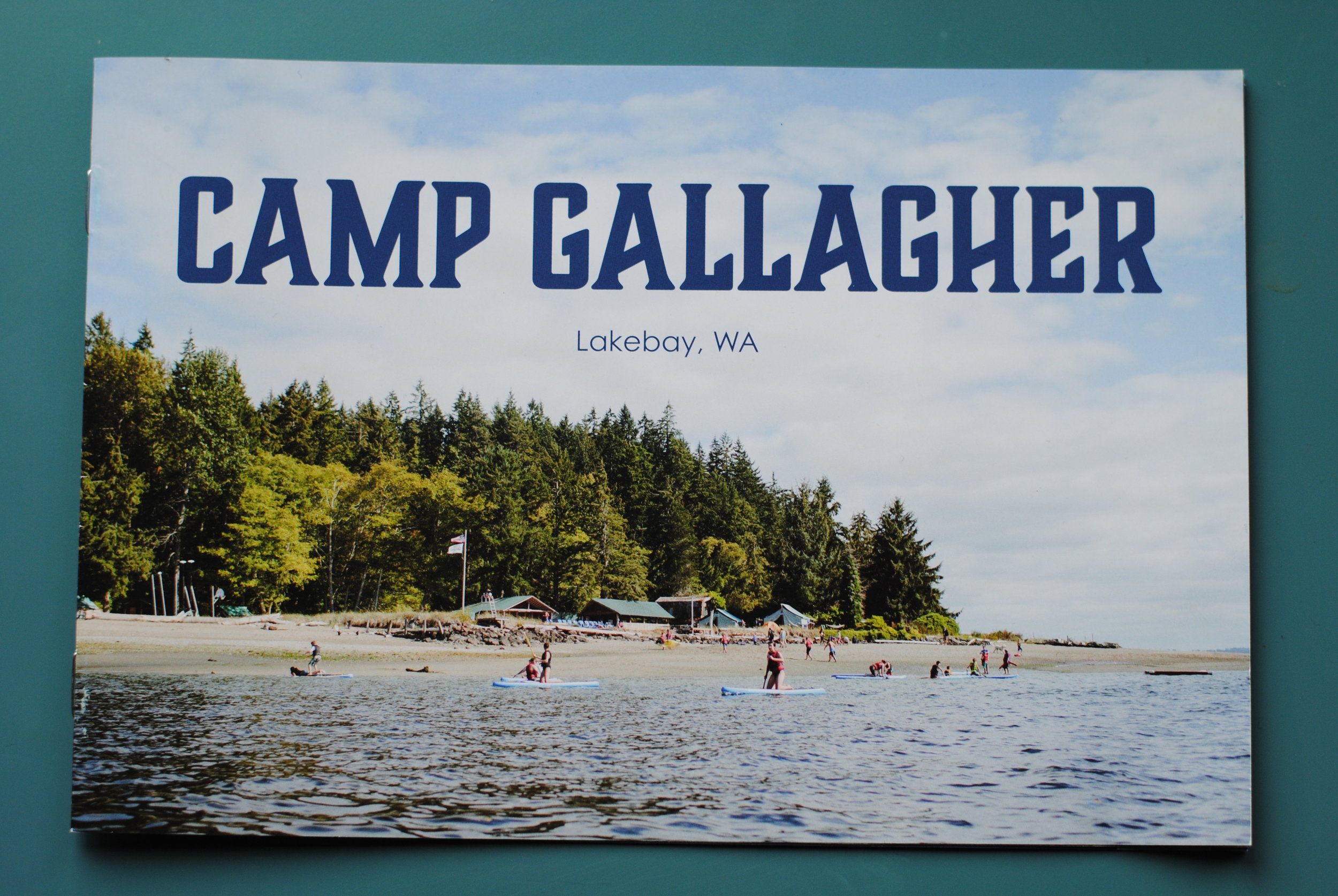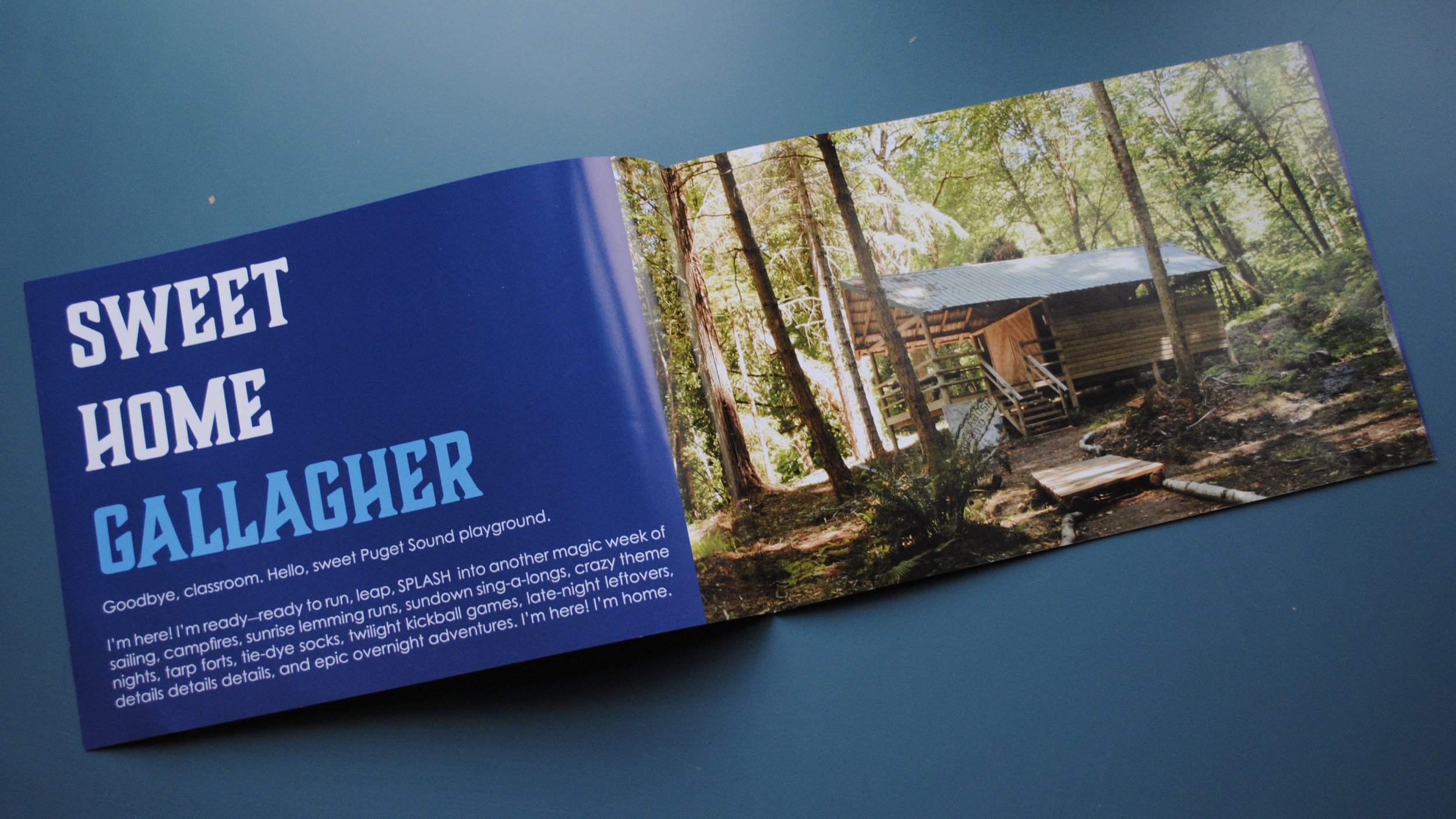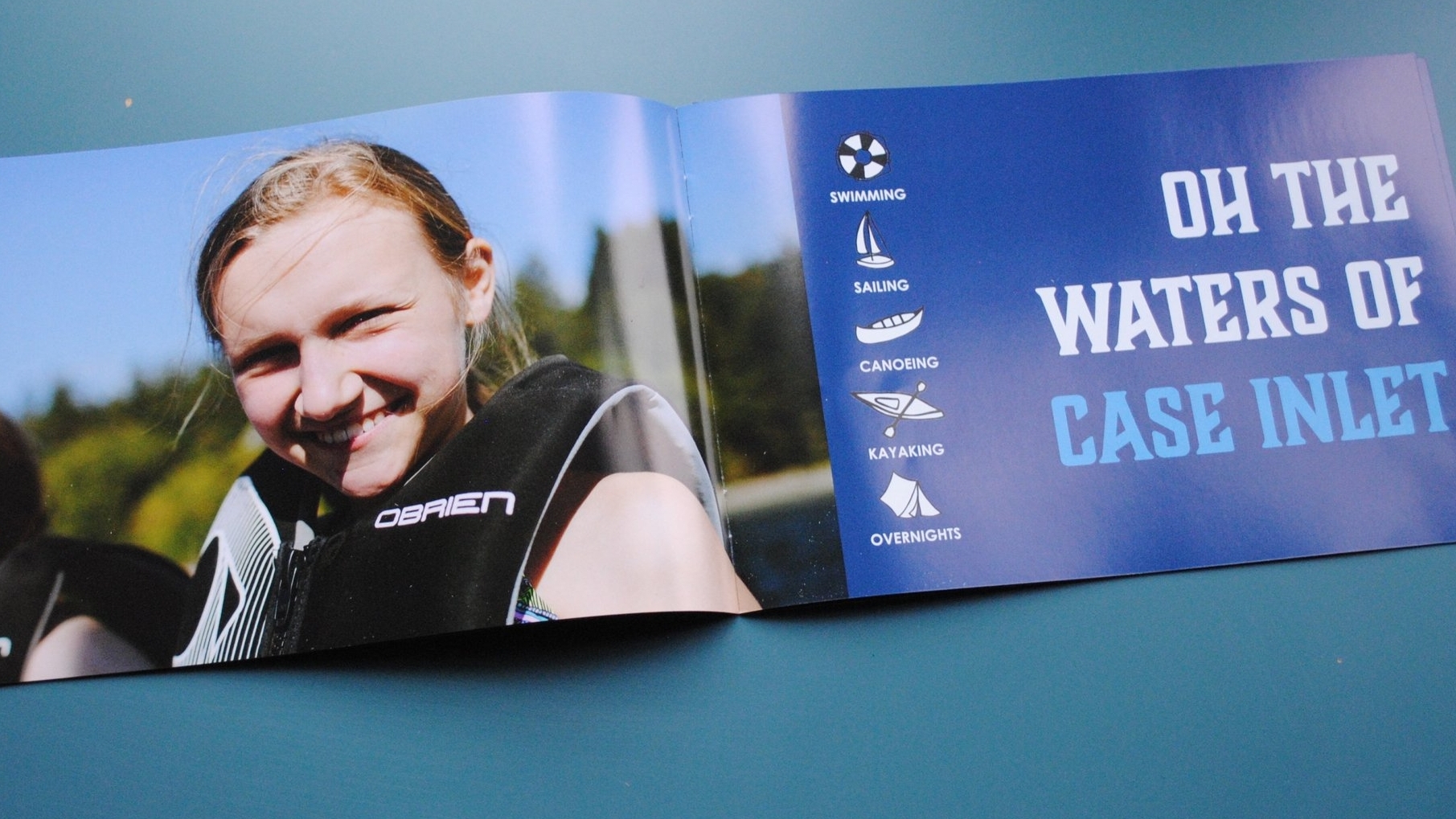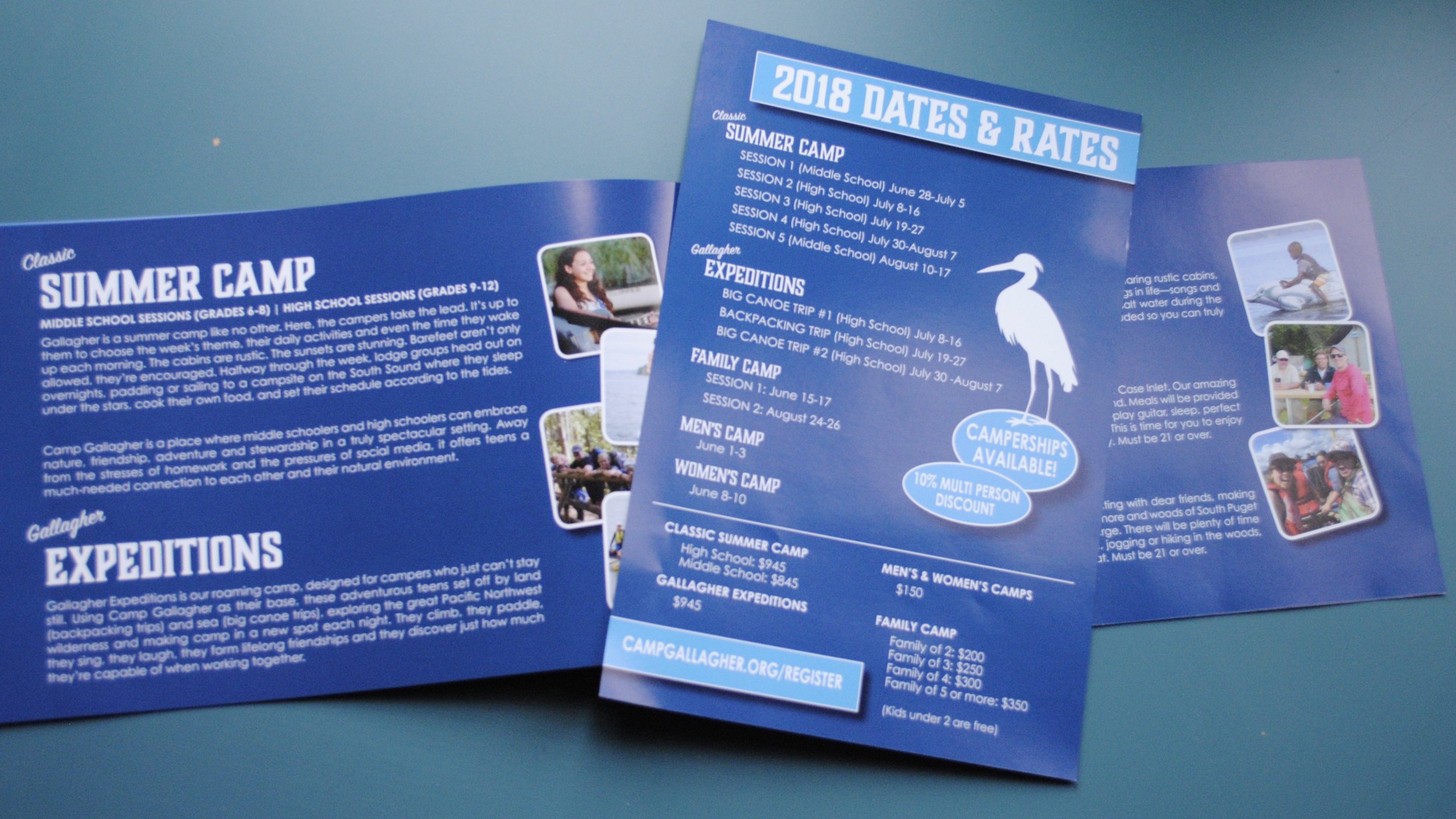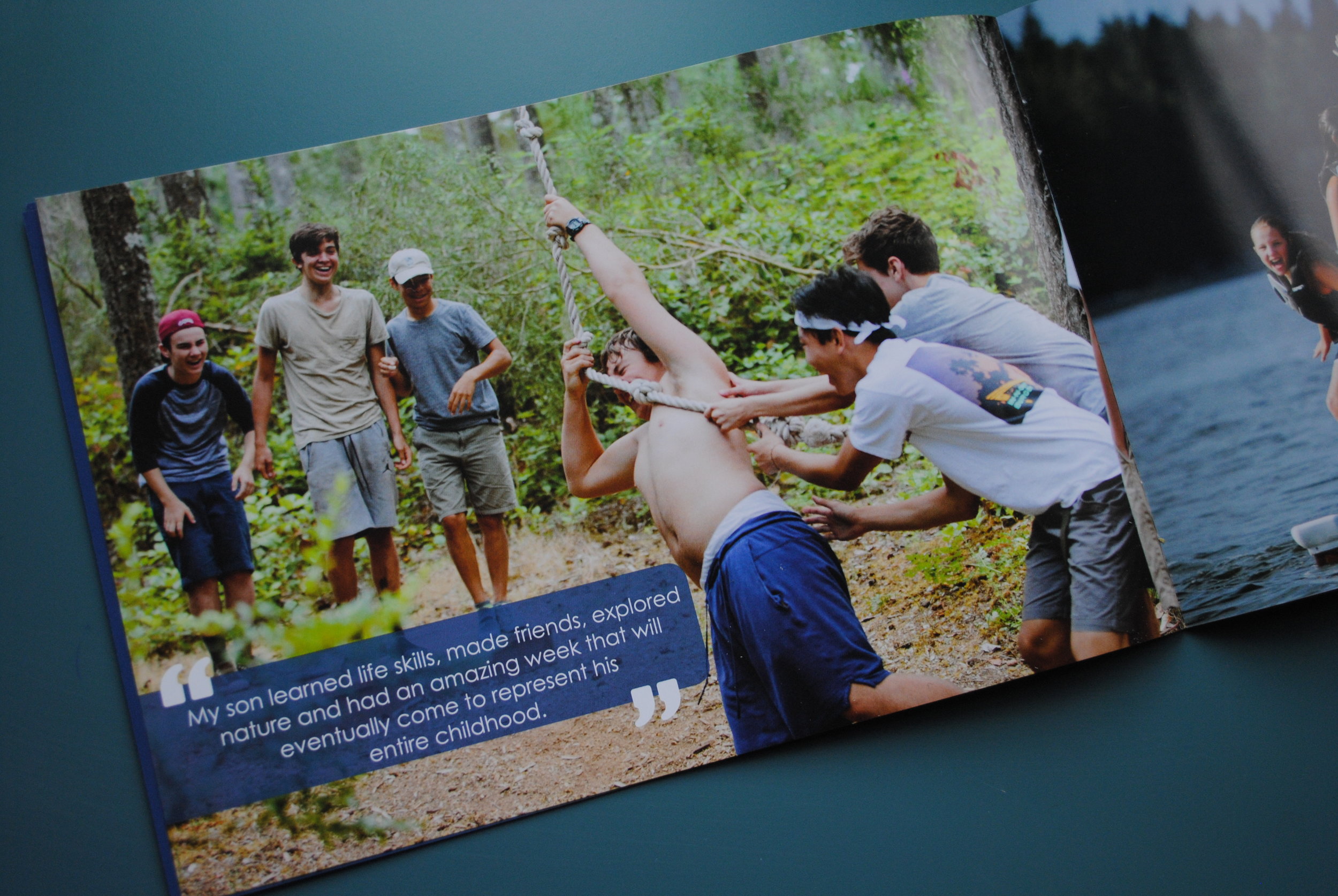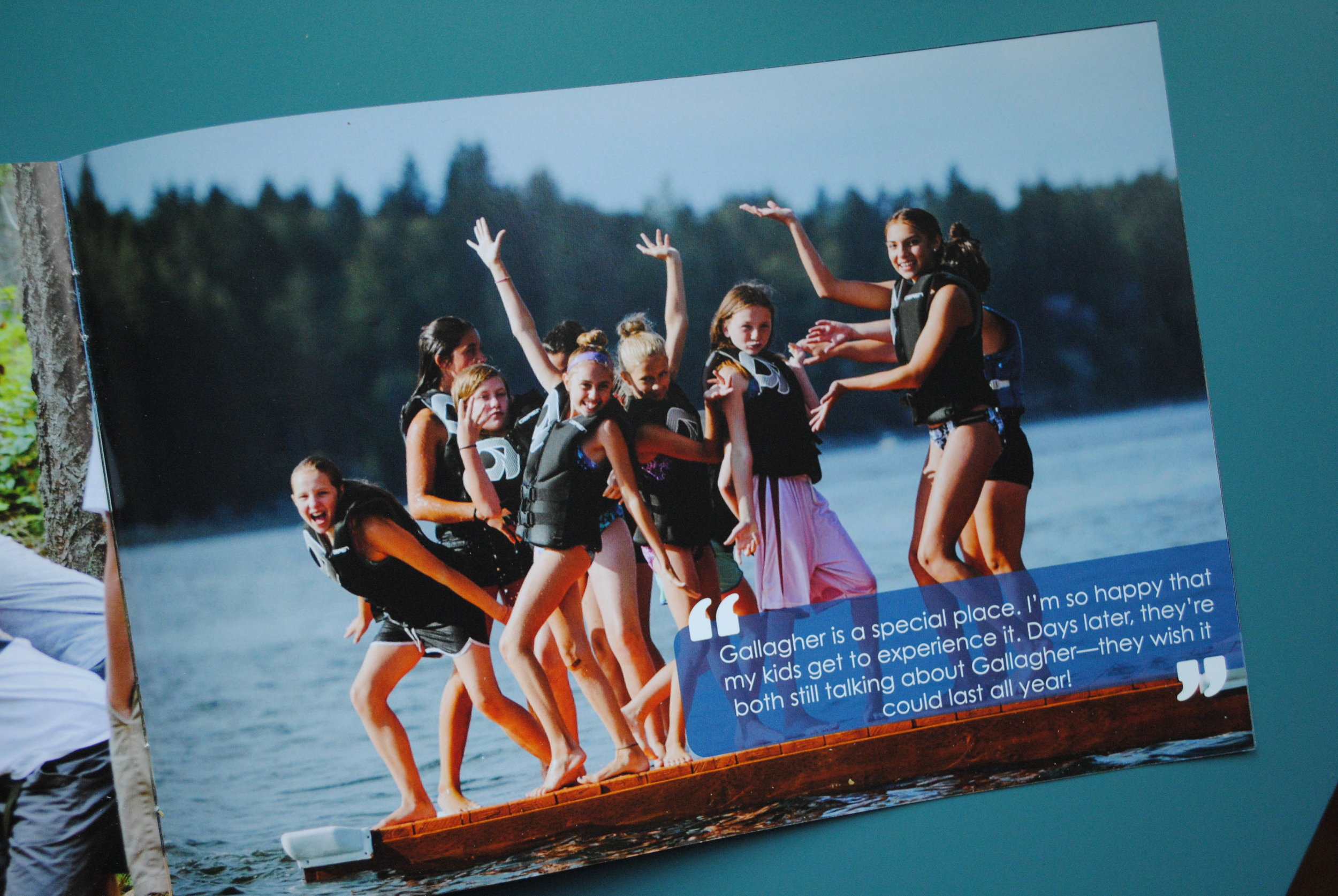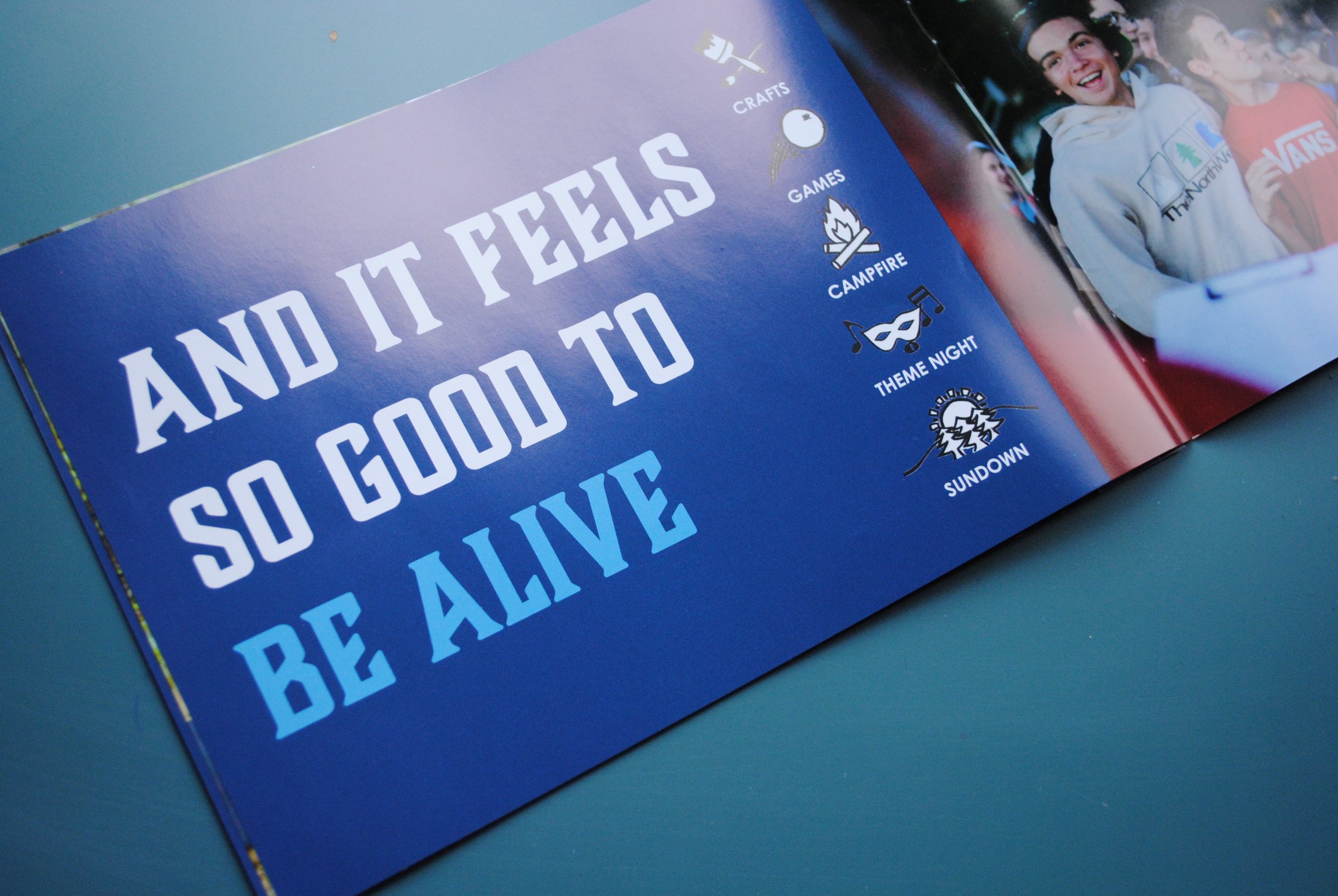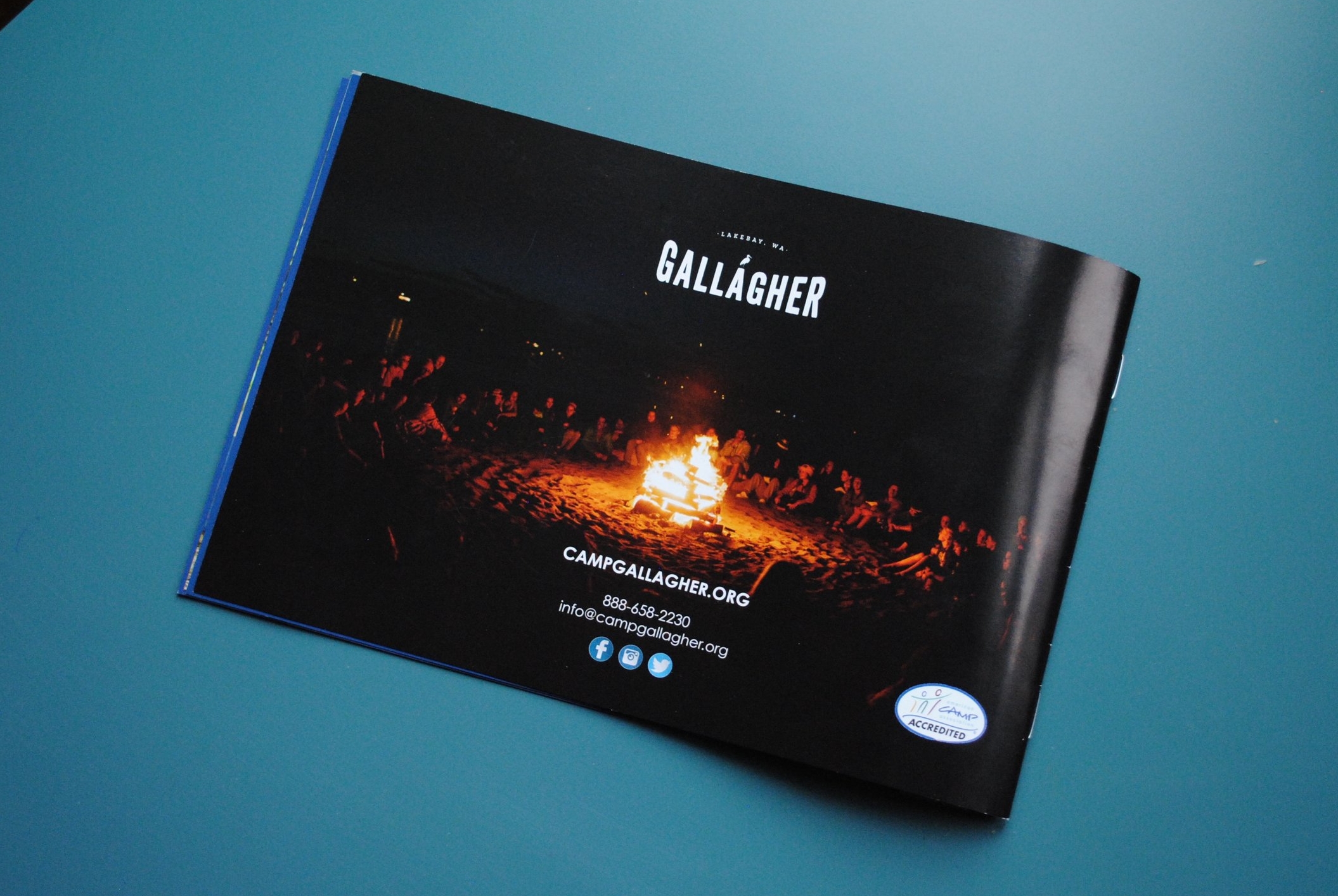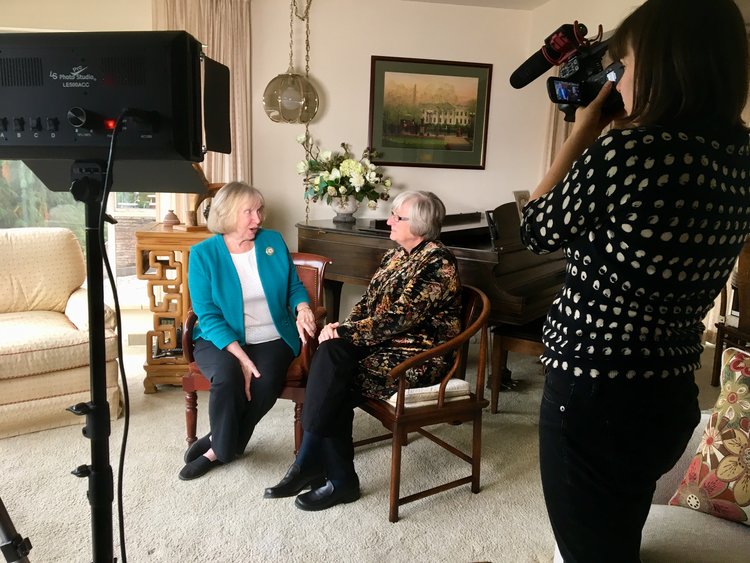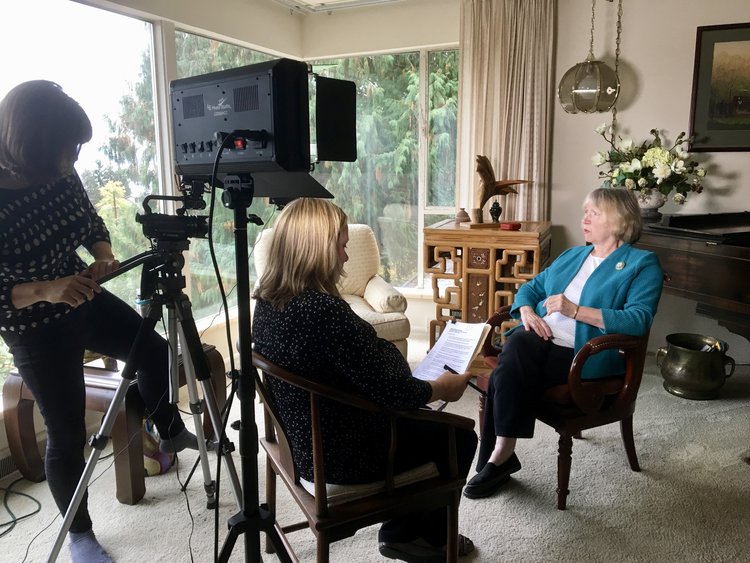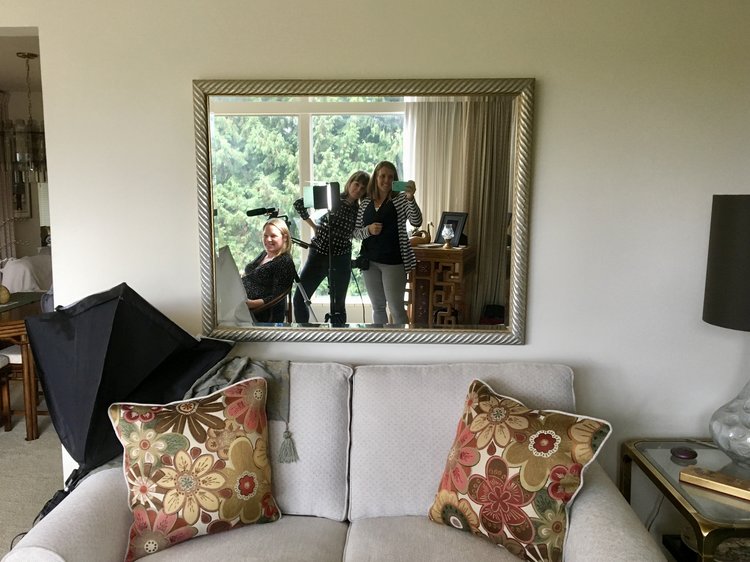I believe in democracy.
And boy, do I love a referendum. Having just moved back to the US from Scotland, I’m super into them. A massive public vote where every citizen gets his and her say—what could be better than that? It’s democracy in its purest form.
I also believe in content marketing that’s of the people, for the people and by the people. The editing process is a fantastic way to collaborate, build on each other’s ideas and create something that’s better than the sum of its parts. But every system has its limits.
In theory, democratic content creation is brilliant. In reality, it’s a bureaucratic nightmare. [Tweet this]
When a single blog post goes through seven rounds of feedback emails, a new person cc'd each time, you end up with content that’s a shadow of its former self. Like a ghost-written celebrity memoir, it’s safe, watered down and devoid of all personality.
The solution? When it comes to content marketing, try thinking more ‘democratic republic’ and less ‘referendum’. You elect your leaders (savvy marketing experts) and place your trust in them to get the job done.
Here’s what that looks like:
✓ Limited revision rounds
Reduce the number of feedback sessions to two. That gives stakeholders one round for initial feedback and then another round to ensure any required changes were made correctly. When they view the content for a third time, it should be in its final, pristine state. Any new ideas or last-minute concerns? Too bad. Too late. You missed the boat. Sorry, not sorry.
To develop a successful content strategy, you need to produce regular, relevant content. A lengthy revision process makes this impossible. Being strict about your two feedback sessions will force stakeholders to narrow feedback down to specific requests rather than aimless questions like “Is this paragraph necessary?” or “Should we check with Legal on this?”
✓ Relevant stakeholders
Why is the HR Director giving feedback on an infographic? What does the Head of Finance have to do with a blog post on cool, new industry trends? Why is the Office Manager cc’d on an email about blogger outreach strategies?
Internal stakeholders are an integral part of content marketing, but only if their role is relevant to the content. If you’re writing a product guide, the product manager is a key stakeholder. If you’re producing an HR training video, he’s not. Adjust your stakeholders on a project-by-project basis and only include those that actually play a role in that project's subject matter.
✓ Smart delegating and outsourcing
Key to successful content marketing is knowing your limitations. Instead of piling into a conference room for a three-hour meeting on a single web page, hire a copywriter who specializes in filtering detailed information into catchy taglines and concise calls-to-action.
Working with agencies and contractors that you trust makes your job, and that of your colleagues, easier. It gives you a huge head start on producing high-quality content in a reasonable timeframe.
For more content marketing tips, follow us on Twitter, or get in touch about creating a content strategy for your organization.


